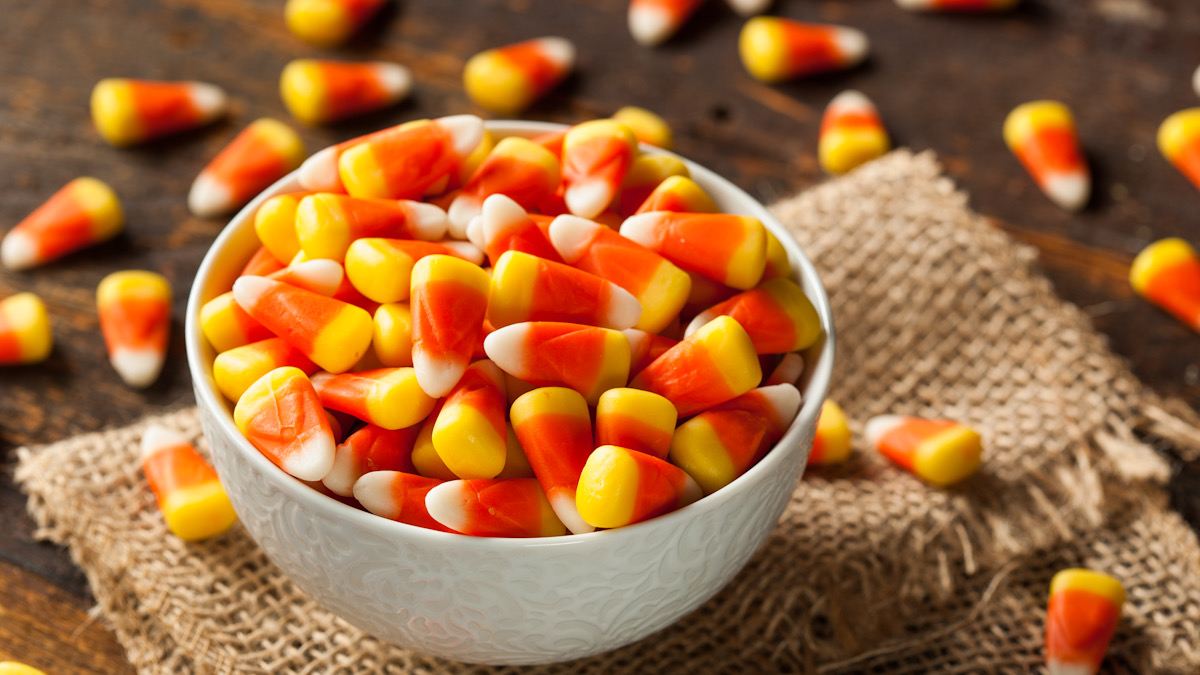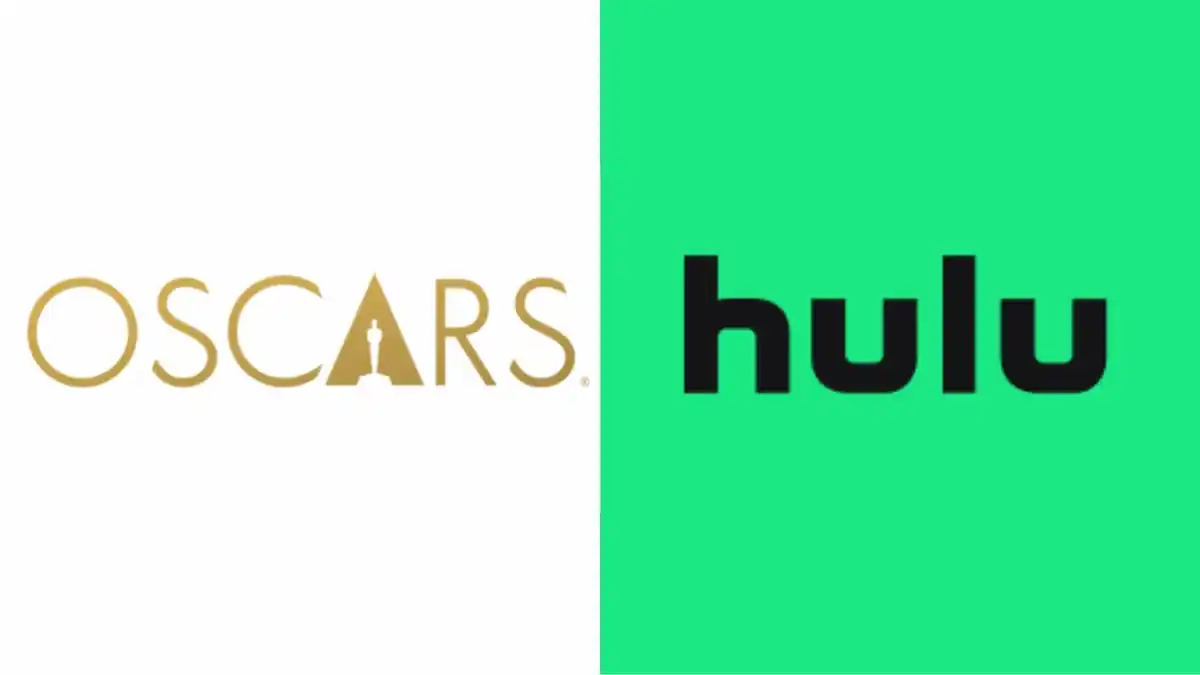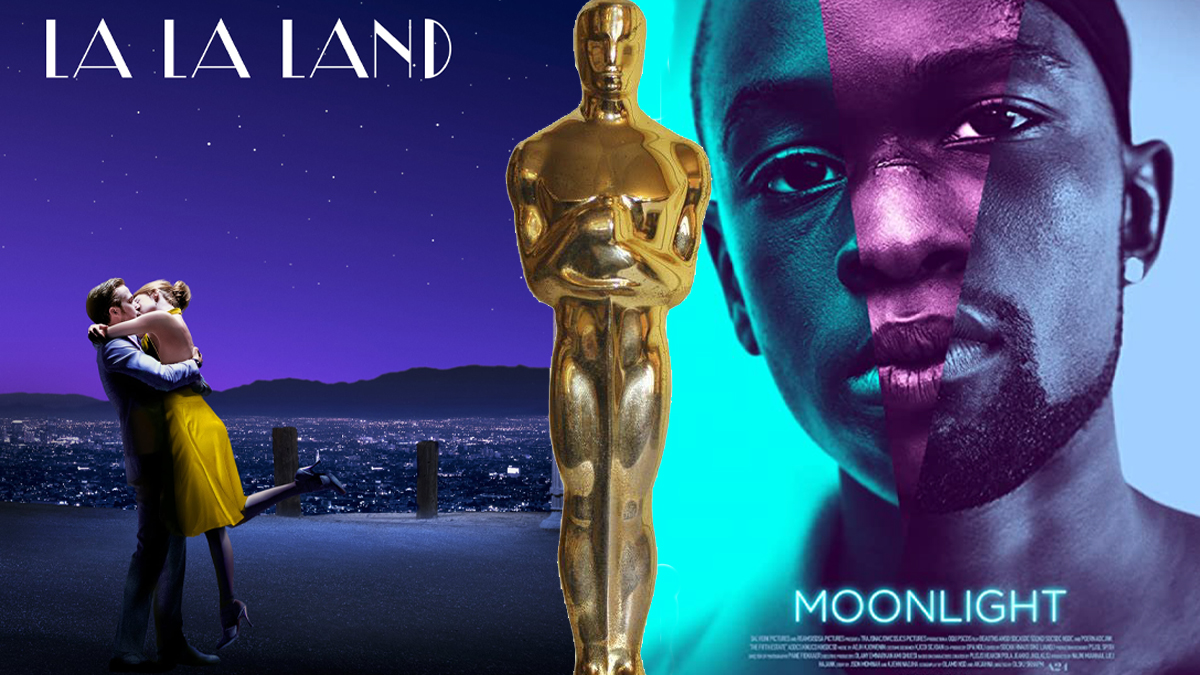Candy Corn is one of those things you absolutely love or absolutely love to hate. It seems that hardly anyone lies somewhere in the middle of that spectrum. Regardless of how you feel, it is hard not to admit that Candy Corn is nothing if not a classic Halloween treat.
Its origins as an autumnal necessity go all the way back to the 1880s. According to History, farmers made up most of the work force during the 19th century. Because of that, candy companies liked to create products that were targeted toward the agriculture industry.
Candy makers would pour mellow creme, fondant, and even honey into molds shaped like anything from pumpkins to turnips to, well, corn kernels. Candy Corn’s three-layer concoction is actually attributed to a man by the name of George Renniger, who was an employee of the Wunderele Candy Company in Philadelphia, Pennsylvania. According to The National Confectioners Association, legend has it that Renniger was the first to think up the kernel-shaped concoction and the Wunderele Candy Company was the first to sell it. However, this is based on oral history, and has not been tangibly confirmed.
What has been confirmed is the fact that the Goelitz Candy Company, better known as Jelly Belly, began mass-producing candy corn in the early 1900s, allowing it to start to grow in popularity. But, when they picked up the recipe in the late 1800s, Goelitz actually marketed the candy as “chicken feed.”
That’s because, at the time, most people thought of corn kernels as something you would feed to your livestock, not something you would enjoy for yourself. According to Rebecca Rupp at National Geographic, much of the American public didn’t really consider corn to be human food until after World War I. Before then, there weren’t sweet variations of the crop. After the war, when money was tight, the public at large began to associate cornbread and cornmeal with something a human would eat.
Once people got over the whole chicken feed thing, candy corn became common penny candy that children could buy for one cent. Because people could buy it in bulk for almost nothing, it started to grow in popularity. But it wasn’t yet a seasonal treat, people would buy it for Halloween, but also at Easter and maybe even Thanksgiving.
By the 1950s, candy corn began dominating Halloween especially, so much so that candy marketers started to base a lot of the branding around the holiday. Candy corn saw a huge spike in advertising in October starting in the ‘50s, and it really seemed to pay off.
Today, the National Confectioners Association estimated that more than 35 million pounds of candy corn are sold every year. Despite the controversy, candy corn has become so popular that it even has its own holiday on October 30. But next time you eat it (or stare in disgust at someone who does), remember that once upon a time, it was just candy-fied chicken feed.











Published: Oct 26, 2023 11:46 am